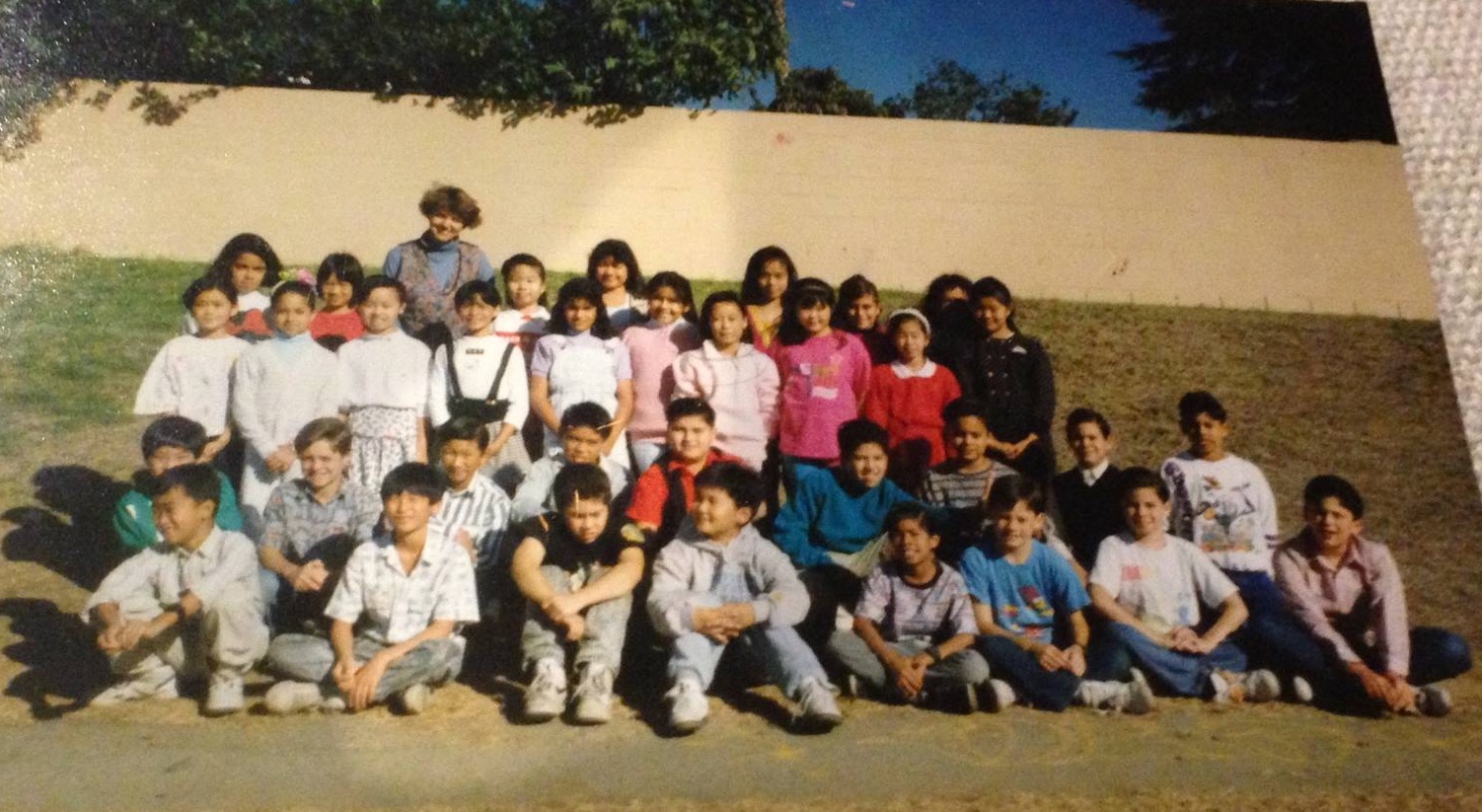whom (pron) 谁
The Rule: Who functions as a subject,
whom functions as an object.
Use who when the word is performing the action:
Kim is an athlete [who] enjoys distance running.
In this case, Kim is the subject, thus when we use who/whom to refer to Kim, we choose who because Kim is performing the action.
Use whom when it is receiving the action:
Asher wrote a letter to a pen pal [whom] he had never met.
In this case, we’re trying to refer to the pen pal. The pen pal is receiving the action. Pen pal is the object, so we use whom
This is the girl whom I visit every weekend.
We’re trying to refer to the girl, which is the object.
This (subj) is (linking verb) the girl (obj).
Thus, we use whom to refer to her.
vile (adj) 卑鄙的
He is vile. Subj+verb(linking)+adj
They are very vile.
In the game, he was vile.
Good!
I ate lunch.
I played four-square.
I had eaten lunch before I played four-square.
‘four-square’ is an adj.
You can write Foursquare referring to the computer game.
When referring to a proper noun, the first letter should be capitalized.
I ate lunch.
I played Foursquare.
I had eaten lunch before I played Foursquare.
I read book.
I wrote homework.
I had written homework before I read book.
The same problem!
Please add an article before a singular countable noun.
The article refers to a or an or the.
You should say ‘I read a book’ here.
And we always say ‘I write my homework’.
You should make it clear that whose homework it is.
I read a book.
I wrote my homework.
I had written my homework before I read a book.
